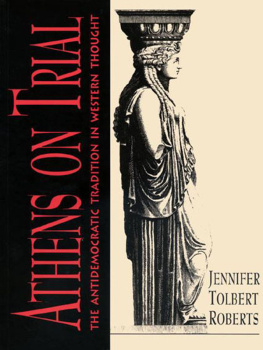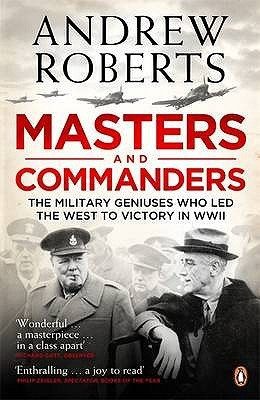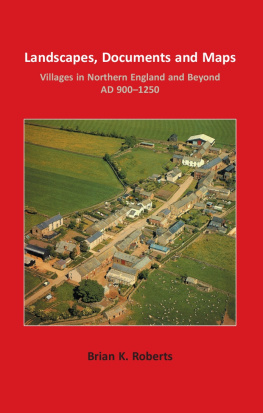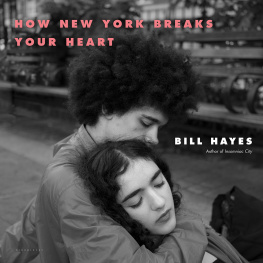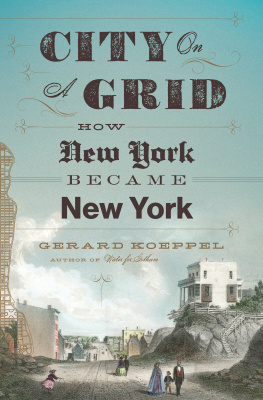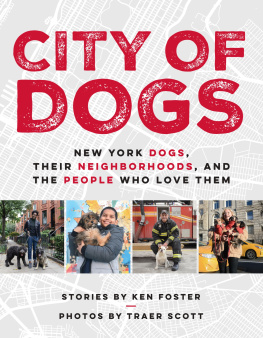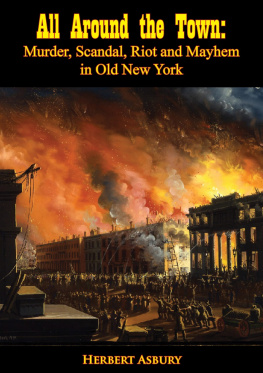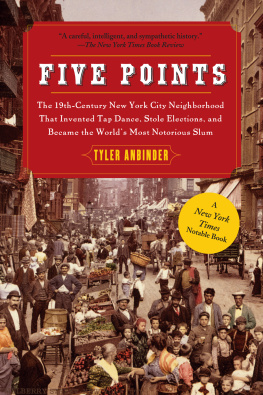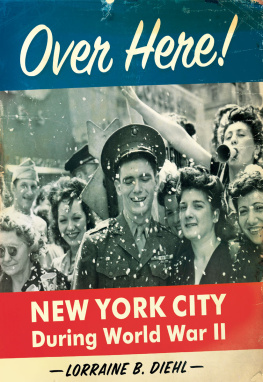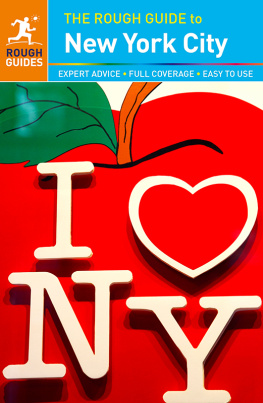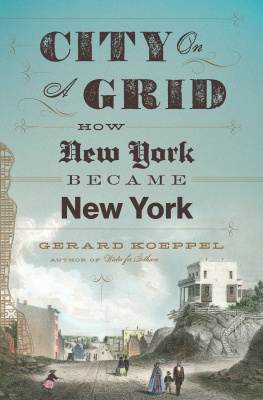Only in New York
ALSO BY SAM ROBERTS
A Kind of Genius
The Brother
Who We Are Now
Who We Are
Only in New York

An Exploration of the Worlds
Most Fascinating, Frustrating,
and Irrepressible City
SAM ROBERTS
St. Martins Press
New York

ONLY IN NEW YORK. Copyright 2009 by Sam Roberts.
Foreword copyright 2009 by Pete Hamill. All rights reserved.
Printed in the United States of America. For information, address St. Martins
Press, 175 Fifth Avenue, New York, N.Y. 10010.
www.stmartins.com
Many of the pieces in this book first appeared in a different form as podcasts available through the New York Times Web site, and to the extent that they are reprinted here, they are reprinted with permission.
BOOK DESIGN BY AMANDA DEWEY
Library of Congress Cataloging-in-Publication Data
Roberts, Sam, 1947
Only in New York : an exploration of the worlds most fascinating, frustrating, and irrepressible city / Sam Roberts.1st ed.
p. cm.
ISBN 978-0-312-38777-8
1. New York (N.Y.)Miscellanea. 2. New York (N.Y.)Description and travel. 3. New York (N.Y.)Social life and customs. 4. City and town lifeNew York (State)New York. 5. Roberts, Sam, 19476. Roberts, Sam, 1947TravelNew York (State)New York. 7. New York
(N.Y.)Biography. I. Title.
F128.35.R63 2009
974.7'1dc22
2009024032
First Edition: November 2009
10 9 8 7 6 5 4 3 2 1
To my brothers,
Barry Josephson and Tom McDonald
CONTENTS
ACKNOWLEDGMENTS
Thanks to Jon Landman at The Times for suggesting that I write and narrate the Only in New York podcast and to Jim Roberts, Jane Bornemeier, Tom Bartunek, Pedro Rosado, Patrick LaForge, Sewell Chan, Lexi Mainland, Emily Rueb, and Michael Rich for making it possible every week.
Im also grateful to Alex Ward and Andrew Blauner and to Elizabeth Beier, Michelle Richter, and Jenna Dolan with St. Martins Press. This anthology would not have been possible without their encouragement and support.
And special thanks to all of you for listening and reading, and to a city that keeps on giving.
FOREWORD
T he journalistic work of Sam Roberts over the past four decades has always been of a very high order indeed, so it is no surprise that the essays in this collection offer many pleasures. It doesnt matter that they originated as podcasts for the Web site of The New York Times. We all know that the delivery systems of journalism are changing by the week. But they are written by a splendid newspaperman, a New Yorker born and bred, and above all a man of high intelligence, modesty, irony, and wit.
In almost every essay, he provokes the responses of that reader most hoped for by any columnist. First, I didnt know that. Second, I never thought about it that way. When a columnist receives both reactions, he or she knows that the result was a double with men on base.
So here we discover that L. Frank Baum, author of The Wonderful Wizard of Oz, was in fact a New Yorker, a discovery that would have delighted my Irish immigrant mother. When I was five, on my first walk west across the Brooklyn Bridge, my mother answered my astounded question about the Manhattan skyline by saying it was... Oz. It was for me, and so it was, and is, for Sam Roberts, another child of Brooklyn. Not many of us knew that Zane Grey was a Manhattan dentist, born in the Bronx, before discovering gold in the mythic purple sage of the American West. And in one essay here Sam reminds us that Henry James once grew up in a very different New York, on the site of a huge loft building where the Triangle Shirtwaist fire took place in 1911, and that its now occupied by New York University.
In short, Sam often penetrates the many layers of New York, the palimpsests of our contemporary existence, and thus helps us see what is present but not visible. He has clearly read much New York history, knowing full well that in a city as complicated, shifting, and unknowable as New York, reading history is also a form of reporting. It can answer the sort of questions that must have been uttered in ancient Mesopotamia: Who are we? Why are we here? Where are we going? We live in the present, of course, and imagine the future, but at the same time we are shaped by the collective past. Certain New York fundamentals do not shift: the harbor, the rivers, the climate, the traditions (going back to the Dutch) of tolerance, along with our recurring fantasies of apocalypse and our permanent gifts for bitching. All are in this collection, driven by Sams inexhaustible curiosity and sense of discovery.
Like most New Yorkers, he has no illusions about making the city into a utopia. He knows, as we all do, that politicians cant solve all problems; at best, they can manage them. Most New Yorkers accept that reality with a kind of healthy fatalism, as if living by Antonio Gramscis mantra optimism of the will, pessimism of the intelligence.
But Sam Roberts is also a child of Brownsville, whose spawn has ranged from Alfred Kazin to Willie Randolph, and included Jewish prizefighters, Jewish gangsters, and Jewish kids who dreamed of being artists, writers, lawyers, and cops. Sam was born in 1947, when many Brownsville residents still believed in the utopian promises of socialism (they had even elected socialists to the City Council). The Depression and the Second World War had cut into all of them what the historian Caroline Bird once called the invisible scar. A minority even embraced the iron-headed variety of communism that bowed to Joseph Stalin, in the years before his dreadful crimes had been fully exposed. By the time Sam was a teenager, disillusion had set in, and his generation understood that ideology was not thinking; it was a substitute for thought.
In his two pieces about the case of Julius and Ethel Rosenberg, he deals with the way Stalinist utopianism could lead to betrayal and death. In 2001, his book about the Rosenberg case was published. The Brother drew upon the first interviews with David Greenglass, the brother of Ethel Rosenberg. In its pages, Greenglass was filled with anguish, some regret, the soul-killing duty of making powerful moral choices. Sam, in these columns and in his book, approached the case with a reporters objectivity. He is neither prosecutor nor counsel for the defense. He is a reporter. The results were clear. Sam had uncovered something new about an ancient, almost mythic case, and that myth would have to be examined again, even by those who defended it with so much abiding, often enraged passion. Few writers ever accomplish so much.
But the concern about the story of the Rosenbergs is not totally abstract. It was also pushed by a dim memory from Sams Brooklyn youth. He was among the thousands who observed the passing of the funeral cortge after the Rosenbergs were executed in 1953. The cars moved through Brownsville on the way to the cemetery in Pinelawn, on Long Island. The day before, Sam Roberts turned six. All of us have images from that age that will be with us until we die.
Other essays have roots in Sams Brooklyn childhood. The moments are not always as chilling as a funeral. He passes a bakery and remembers the aroma of the bakery near Ebbets Field, during his first visits to the vanished ballpark. (I came from a different part of Brooklyn but remember the same bakery.) He knows that in 1947, the year of his own birth, Jack Roosevelt Robinson first walked on the sweet grass of Ebbets Field and, in effect, started the modern civil rights movement that would culminate decades later in the election of Barack Obama. By the time Sam was ten, the Dodgers were gone and Robinson had retired, and both of them had been hammered into the palimpsest.





